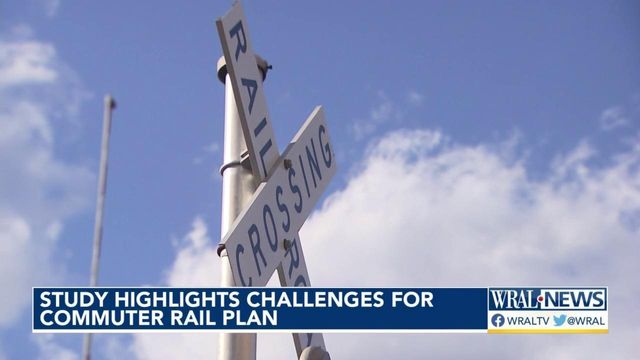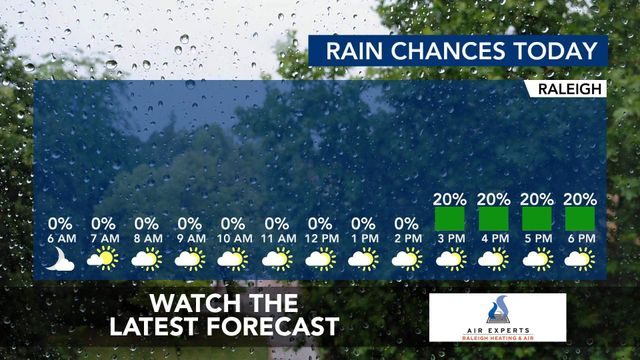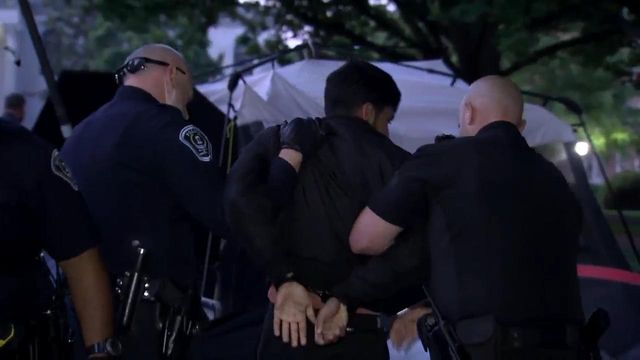New report shows Triangle area commuter rail project faces many issues
A 45-page feasibility report outlines the need for a commuter rail in the Triangle area and the challenges of building one.
A similar project was attempted with the Durham-Orange Light Rail project a few years ago, but the project failed and $157 million went into it.
The feasibility report looked at "whether and how to move forward" with the project. The report detailed concerns with where to find the funds for the project.
Based on the map shown to WRAL News, the proposed rail would run 40 miles through Durham and Wake counties, and maybe even Johnston County.

GoTriangle Board Chair Sig Hutchinson said that despite issues the report raises on how to pay the roughly $3 billion cost, and how to get necessary approvals from public and private partners, he's confident it will get done.
"I have no concerns about the feasibility of the commuter rail," Hutchinson said. "We will be moving forward."
When asked about the optimism, Hutchinson stated that this is a community that is in need of this project.
"We need it, this is imperative for our continued growth and quality of life," Hutchinson said.
Hutchinson was on the board during the failed light rail project for the Triangle and is using those experiences from that project to help with the planned commuter rail.
"We always learned things like communication, or relationships with partners, or relationships with the government or general assembly," Hutchinson said. "Light rail is behind us, and we are moving forward with commuter rail."
While Hutchinson is confident about the project's ability to get finished, GoTriangle's CEO Charles Lattuca stopped short of that level of optimism.
"There are challenges, and there are risks. The main challenge is a financial challenge," Lattuca said. "The project came in at $1 billion more than we thought it would be."
The higher cost is part inflation, part "things that we found that we didn't know about," freight railroads and what they feel they need, according to Lattuca.
Now, GoTriangle wants to hear from the public on things such as fares, schedule and even the possibility of building the rail in phases.
"We are going to have to look at what we can afford and what the public wants," Hutchinson said. "This is a brand new conversation, the public's input is important."

As far as how to pay for this, the funding sources would be the half-cent sales tax voters approved in Wake and Durham counties.
If the tax is not be enough, so GoTriangle would also rely on federal funding, which has not been secured.
However, even if everything moves through quickly, the soonest someone would be able to board the commuter rail is 2033. If built in phases, Lattuca said it could take 20 or even 30 years before it's finished.
Despite the potential length of the project, Lattuca wants to be patient with it.
"We're being very careful before we take this study and ask the counties to spend a lot of money in the development phase," Lattuca said. "We don't want to start development unless we're sure that we're going to be able to deliver the project."











